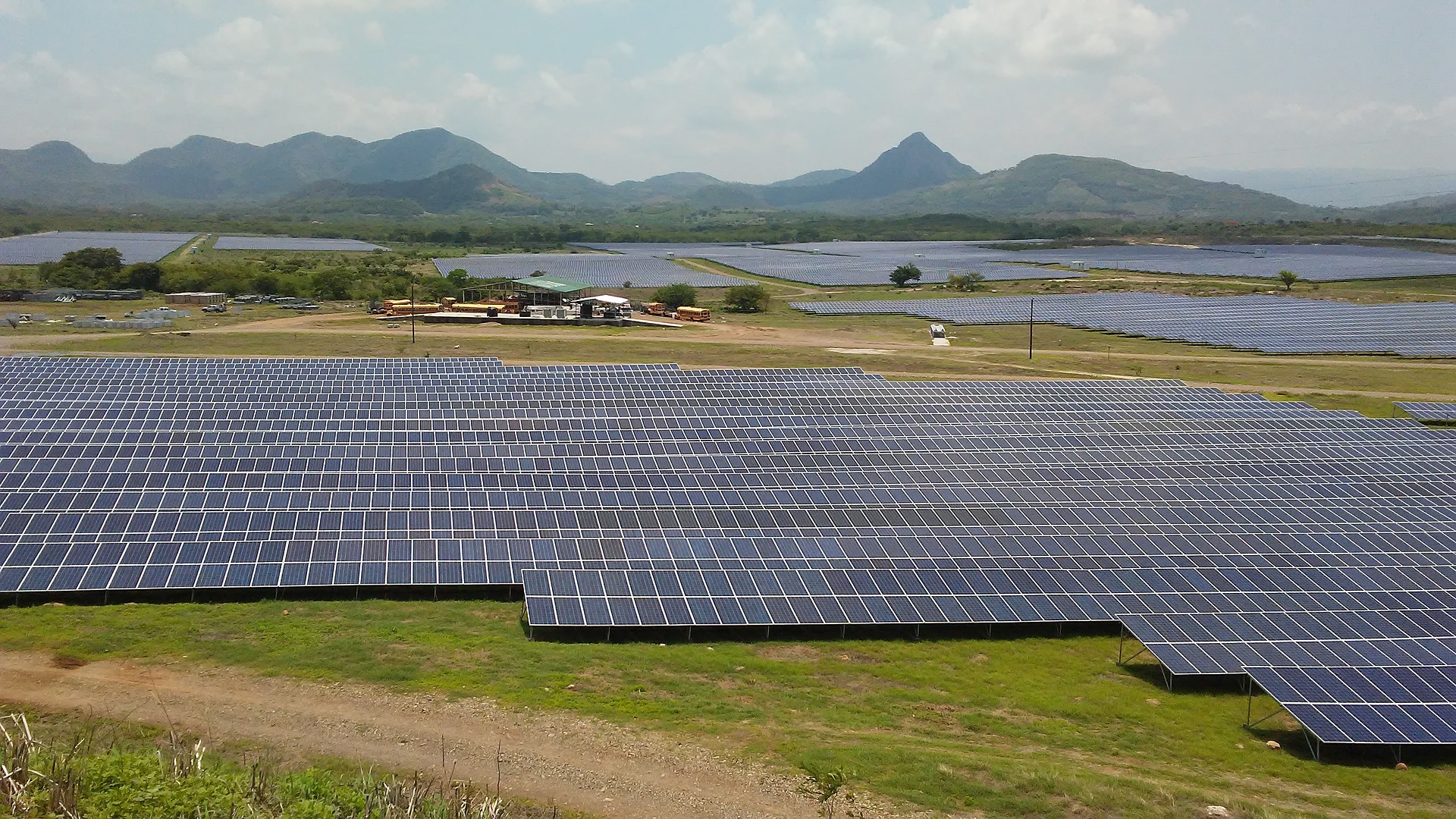Solar land leasing might seem like a complicated prospect but it’s actually a pretty straightforward way to generate some extra revenue from your unused land. Of course there are plenty of smaller details that you, the landowner, will need to iron out with your solar developer, but for now we’ve outlined some key steps in the solar land leasing process to give you an idea of what to expect.
Visiting the Site
One of the very first steps of the solar land leasing process will involve the solar developer visiting the proposed project site. After your initial discussions with the developer, it’s time for the developer to visit your land and clarify whether or not it is suitable for a solar farm. Some of the factors to keep in mind for the developer include:
- Amount of available land
- Grading
- Potential shading/obstructions
- Easements
- Soil conditions
- Power line proximity
Lease Option
If the land is found to be suitable following the site visit from your solar developer, it’s likely that the developer will propose a solar land lease. At this point you may wish to seek advice from legal and/or tax professionals ahead of any agreement. However, in some cases, the landowner and developer may enter into a ‘lease option’ after the site visit. This ‘lease option’ gives the solar developer time to put the land lease deal together and decide if they will, ultimately, lease the land.
A lease option typically ranges from 2 - 3 years and will usually involve the developer making regular payments to the landowner during this time. Of course, as the term ‘option’ suggests, a lease option is not an absolute guarantee that the developer will lease the land for a solar project in the end.
If agreeing to a lease option, you should take care to establish responsibilities in the same way you would with an actual land lease agreement. For example, who is responsible for paying the taxes associated with the project, and who is responsible for removal of panels following lease completion. In addition, you should discuss what happens in the event that the developer does not complete construction.
Letter of Intent (LOI)
An alternative to the lease option is the letter of intent (LOI). A letter of intent outlines the proposed terms of a lease agreement, as well as highlighting any existing issues which need to be resolved before the solar land lease is signed. Once again, it’s advisable that landowners seek legal and tax-related advice ahead of entering into a LOI, as a letter of intent can be either binding or nonbinding.
Solar Land Lease
Finally, the lease itself. A solar land lease is a binding agreement between the developer and the landowner. Once the developer has decided to move ahead with the project, and the terms of the lease have been finalized, the two parties will enter into the agreement. This is the most vital stage, as the lease dictates the rights of both parties throughout the lifetime of the project and beyond.
If you’ve got unused land in New York, New Jersey, or anywhere else, contact YSG Solar today. We take care of the whole process from start to finish, so you can focus on your new revenue stream. YSG has been working in the renewable energy sector for over a decade, building solar projects of all shapes and sizes, from residential rooftop panels to commercial solar farms. Send us an email, or call at 212.389.9215 to learn more.
By Shane Croghan

